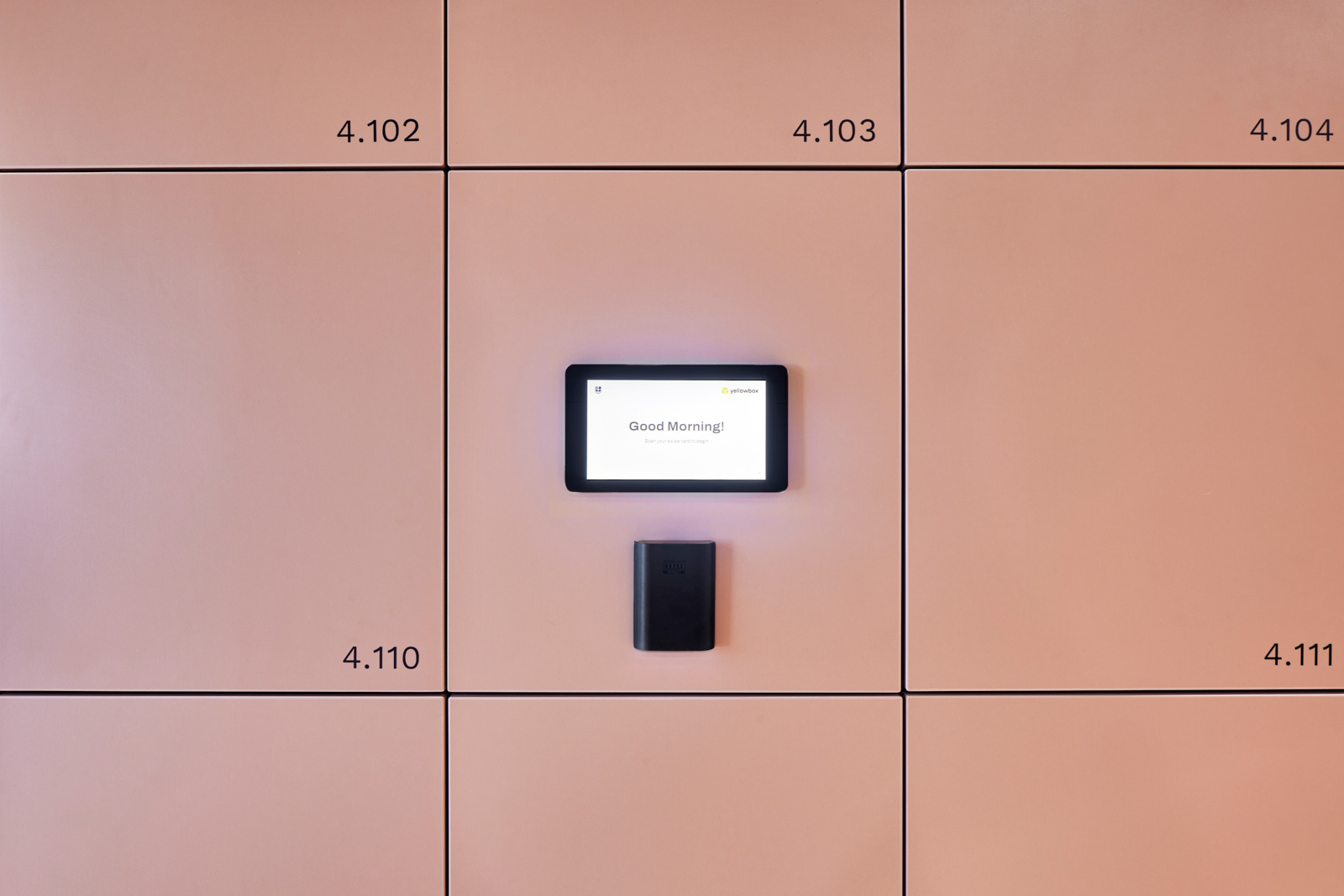As flexible work arrangements and shared spaces become more commonplace, personal storage solutions like lockers have gained prominence. The deployment and effective management of these facilities necessitate robust workplace locker access policies.
The Rising Importance of Lockers
A 2019 report from JLL revealed that the flexible space sector had seen a compound annual growth rate of 25.7% since 2014. This shift emphasises the need for personal storage solutions in spaces where fixed seating is no longer the norm.
What Constitutes a Workplace Locker Access Policy?
A workplace locker access policy is a set of guidelines and rules established by an organisation to manage and regulate the use of lockers in the workplace. Such a policy is designed to ensure the efficient, fair, and secure use of locker facilities for all employees. Here's an overview of what a typical workplace locker access policy might entail:
1. Purpose and Scope:
- Outlines the reason for the policy and identifies who it applies to. It might also highlight the importance of the policy in maintaining a secure and organised workplace.
2. Allocation of Lockers:
- Details the process for how lockers are allocated to employees. This could be based on seniority, job role, department, or on a first-come-first-served basis.
- Whether lockers are permanently assigned, or if they are to be emptied daily or weekly.
- Yellowbox is a smart locker system provider that allows for seamless allocation of lockers with automated email instructions. They can also be set to self-serve hot lockers which are a first-come-first-served proposition.
3. Access Methods:
- Defines how employees can access the lockers, such as using keys, combination locks, electronic access cards, biometrics, or mobile applications.
- For example, using the Yellowbox locker lock system employees can use their existing electronic access cards or workplace app to book and access their locker.
4. Contents and Usage:
- Specifies what can and cannot be stored in the lockers.
- Often includes prohibitions against storing illegal items, perishable goods, or hazardous materials.
- May provide guidelines on cleanliness and hygiene.
5. Security:
- Provides guidelines on keeping lockers locked when not in use.
- Offers advice on reporting lost or stolen keys or access cards. The smart locker system provides 24/7 support and multiple access methods for emplpyees.
- Describes the organisation's rights to inspect lockers, if any, for security or other concerns.
6. Maintenance and Damages:
- Details employees' responsibilities for maintaining their assigned locker.
- Explains the process for reporting damages or issues.
- Discusses potential consequences or charges for damages.
7. Duration and Termination:
- Specifies the duration of locker assignments, if they are not permanent.
- Outlines the process for returning lockers, especially upon termination of employment.
8. Privacy Considerations:
- While lockers are provided by the organisation, there might be certain expectations of privacy. This section would clarify the extent to which an employee can expect privacy and under what circumstances the employer can access the locker.
9. Violations and Consequences:
- Lists potential consequences or disciplinary actions that might be taken if the locker access policy is violated.
10. Amendments and Updates:
- Reserves the organisation's right to modify the policy as required and provides a mechanism for notifying employees of any changes.
A well-defined workplace locker access policy can help prevent misuse, ensure fairness, protect employee belongings, and maintain a safe and organised environment.
Conclusion
In an evolving workspace, the role of lockers and their management can't be underestimated. As workplaces continue to morph, having a comprehensive locker access policy can significantly boost security, efficiency, and employee satisfaction.
























